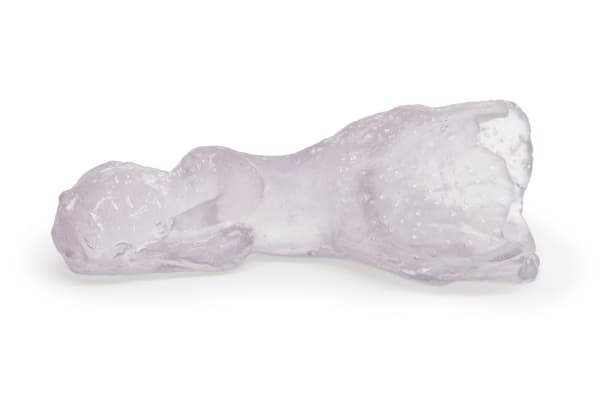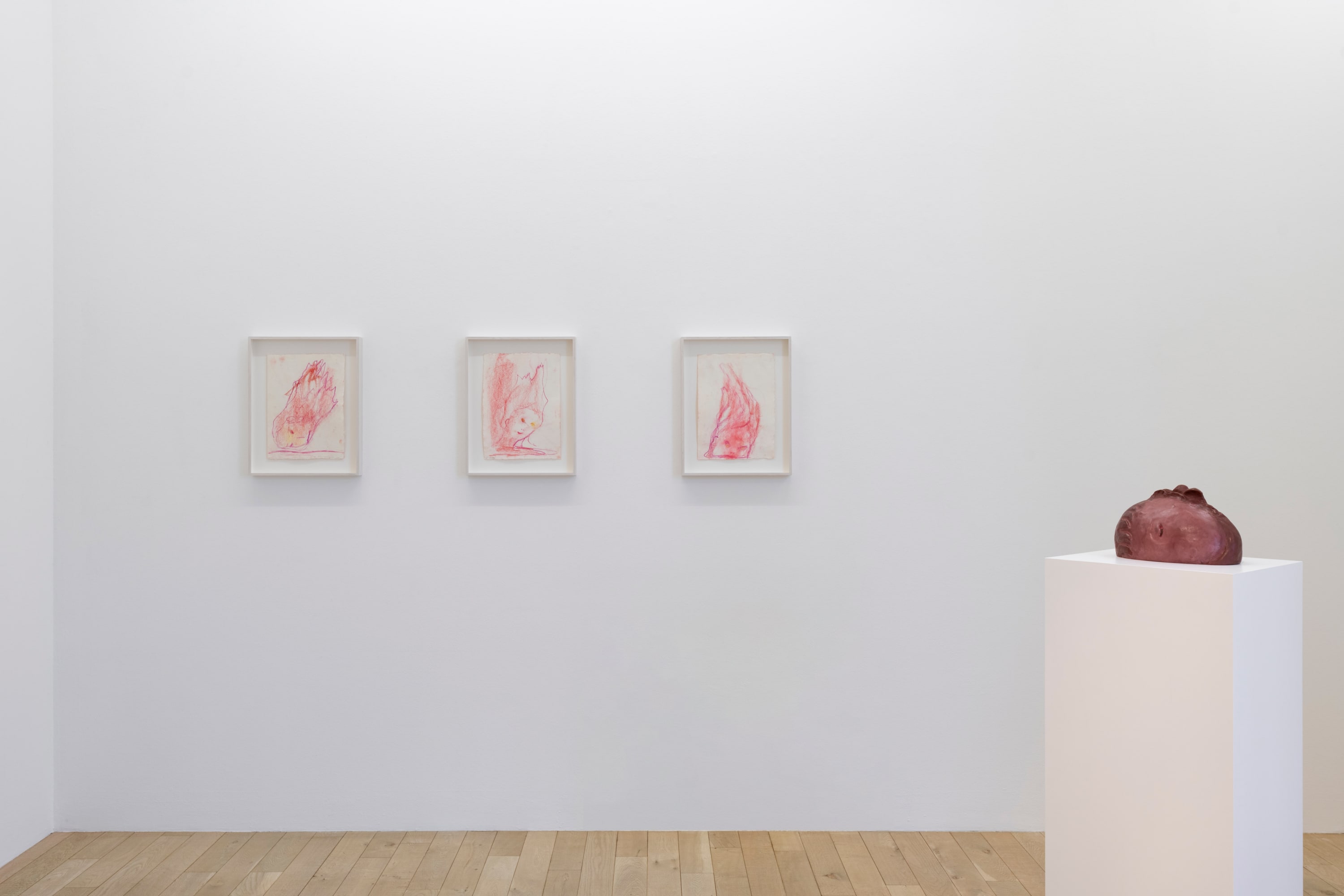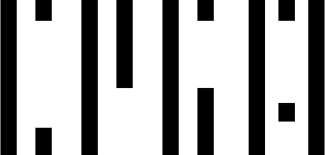-
Galerie Peter Kilchmann is delighted to announce the upcoming third solo exhibition featuring new works by the internationally renowned artist Leiko Ikemura (born in Tsu, Mie Prefecture, Japan; lives and works in Berlin) at our Zurich location on Zahnradstrasse. The exhibition encompasses a variety of media such as painting, sculpture, drawing, and film, showcasing an exceptional new direction within Ikemura's decades-long developed series 'Girls.'In 1980, Ikemura made her artistic debut in Zurich and has since gained wide international recognition. She has established a unique artistic position engaging with nature, humans, animals, and plants. The existential and holistic are the focus of her work, and she remains open to these timeless themes as well as sociopolitical aspects.
-
-
The exhibition, titled Cosmic Mom, presents Leiko's most current body of work. The works have been installed in situ, evoking an interaction between architecture and artwork. In the first room, “Female Figures” are mounted on panels, detached from the walls. Without their traditional support, they assert themselves three-dimensionally in the space creating a new dynamic with a different perspective on the pictorial world. The delicate “Girls” are imbued with a physical quality that extends the impact of their presence. The freestanding installation of the canvases and the somewhat larger-than-life dimensions of the near-floating female figures bestow each canvas with an aura of mystical strength and independence. Each figure stands alone yet is connected with everything around it.
-
In the second room, abstraction organically flows into figuration and gradually dissolves. A cinematic sequence that, in Ikemura's case, is purely formed by the medium of painting creates this perception in the viewer. Embedded in this darkened, meditative, and boundless space, the artist's latest glass objects, like Usagi Face, appear to visitors like apparitions. Ikemura explores the transparency of this material and its ability to capture light and radiate it from within. They gather the focused light of the spotlights above and release it as a mysterious glow into their surroundings. The dissolution is carried into the space by light, distributed, and made physically perceptible.
-
-
In the final room, Ikemura concludes the exhibition with her latest drawings and a sculpture. Similar to the other bodies of work, the artist engages with the process of transformations in bronze, as well as in watercolor and pastel. The works are vividly executed in the large room. The bronze sculpture Something out of Head, with the Brancusi-related head positioned on a pedestal, simultaneously resembles hills with tree or shrub growth. It is among Ikemura's most significant motifs. Its face appears to belong to a giant from a forgotten time and seems fused with a landscape. One of the eyes is sleeping or petrified and the other is awake and focused. Microcosm and macrocosm are inseparable. The brownish patina further reinforces the impression of a magical, potentially transformative ylem. The motif of heads continues in the red faces drawing series. They recall cats, birds, and humans with their reddish hues, resembling fastflying projectiles, bouncing balls, or striking comets. The power and explosive energy of these changeable mascots and demons, caught in joy or anger, are unmistakable. The sense of wandering through a landscape can be experienced in the more abstract CP Summer drawing series. They are kept in rather earthy tones and very transparent and glazed compositions. They convey dynamic impressions of air, wind, water, and literally 'waves.' Elements grasped by the tides, contours viewed against the sunlight, nature, a breeze to the nose, vastness, and the still-to-be-imagined horizon.
-

Galerie Peter Kilchmann
Zahnradstrasse 21, Zurich
, 30 August - 12 October 2024Be the first to know updates about Galerie Peter Kilchmann
* denotes required fields
We will process the personal data you have supplied to communicate with you in accordance with our Privacy Policy. You can unsubscribe or change your preferences at any time by clicking the link in our emails.


























